Frontier Work
Frontier Work: Four Artists on Ireland's Border
14 Jan - 4 Mar 2022
Regional Cultural Centre, Co Donegal
Garrett Carr is a senior lecturer in Creative Writing at the Seamus Heaney Centre at Queen's, and author of The Rule of the Land: Walking Ireland’s Border. He is also the curator of Frontier Work, an exhibition in the Regional Cultural Centre in Donegal, which brings together four contemporary artists whose work examines Ireland’s borderland.
The exhibition and a series of events that will accompany it are being organised by Artlink and funded by the Arts Council of Ireland.
Lost Lines by Noel Connor
Lost Lines is a short film by Noel Connor and features two of his poems. It is part of Frontier Work, an exhibition curated by the Seamus Heaney Centre's Garrett Carr.
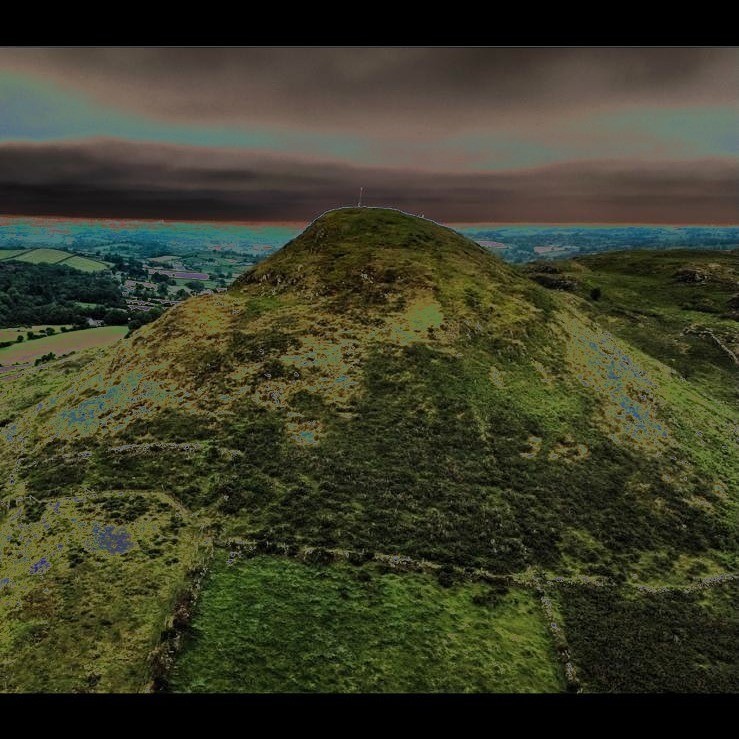
Semtex and Powdered Milk explores the partitioning of Ireland and the impact and legacy of the events that occurred during this period on communities living along the border and further afield; whilst also exploring the strategic placing of watchtowers the south Armagh border. Another strand of my research considers the three historical surveys of the borderland by Dougherty, Bailey and Robinson from the time and how the boundary for an Ulster exclusion zone was drawn up.
During the summer I had an unofficial tour of the abandoned Bessbrook Army Barracks and the photographs I took have informed the latest prep work for the project. I commissioned a drone photographer to capture images of the thirteen watchtower sites and I am now in the process of manipulating the imagery via solarization.
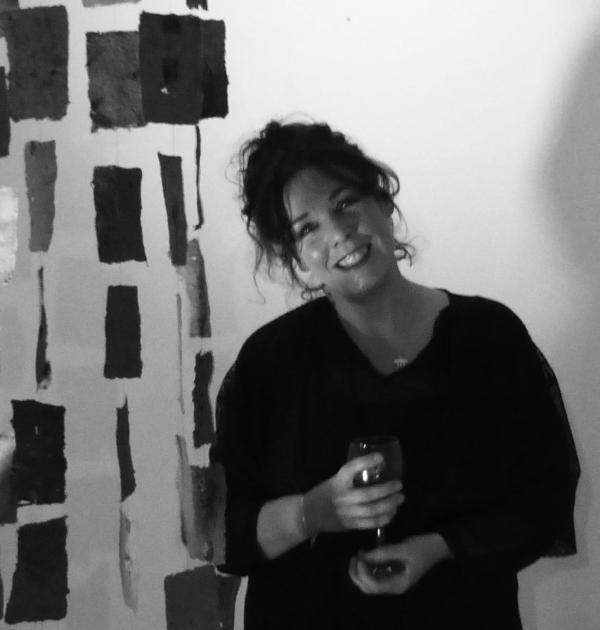
The solarized filter gives similar effects to thermal vision cameras used by the British army. Once completed the images will be translated through paint onto thirteen circular aluminium sheets. Circles are prevalent throughout all the work as they relate to ideas of surveillance and being watched. These panels will be displayed at different points on the gallery wall, where I will have painted the lines drawn up in the surveys of Dougherty, Bailey and Robinson.
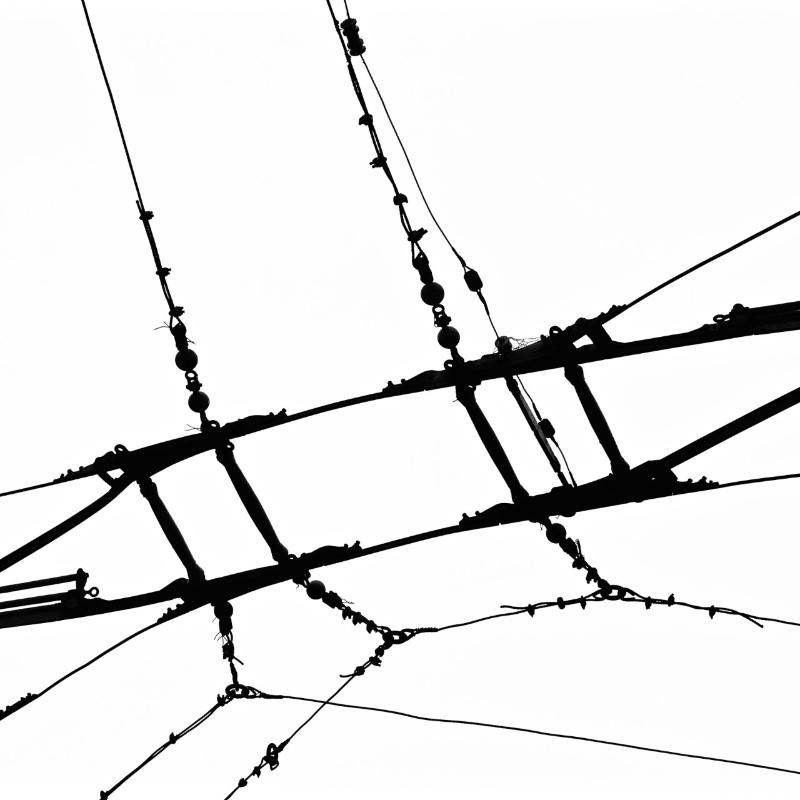
As Patrick Kavanagh said, ‘We have lived in important places’. In his poem ‘The Ministry of Fear’ Seamus Heaney reinforced Patrick Kavanagh’s declaration with his own recall of localised events and memories. It has surprised me in developing my work for Frontier Work that I now find myself recognizing such potency in re-entering the small invisibly bordered territory which I inhabited as a child and teenager.
Belfast was never completely my city or entirely my home ground. It had its own internal frontiers for me, with roads and streets I rarely if ever ventured into. These no-go areas were clearly displayed on the front of the multitude of buses circulating around the city centre with mysterious place names like Carlisle Circus, Rosetta or Ligoniel. The number 12 Falls Road bus from Castle Street was the only one I needed to take. I’ve become particularly fascinated by the ‘destination’ blinds at the front and sides of these buses which the driver and conductor cranked and changed with a small brass handle. The long linen rolls, printed white on black, listed every route throughout Belfast. I’m currently working on a short narrated film, celebrating the place names, reciting the divided city.
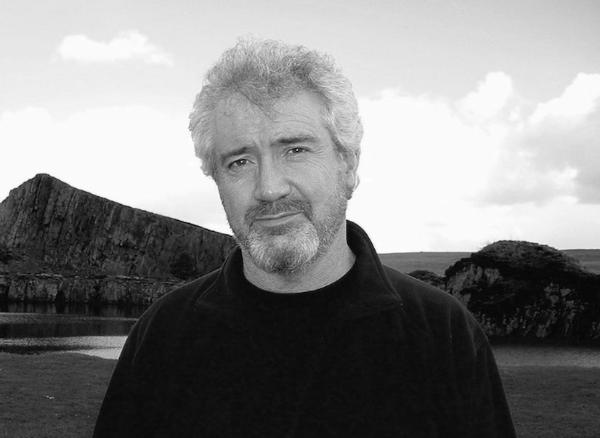
Until 1968 (when I was fourteen) most of the Corporation fleet were trolleybuses. The extraordinary web of power lines and cables which once criss-crossed and connected all the routes across the city have also intrigued me, something in our cityscape that we hardly noticed. I am now ‘re-viewing’ and appreciating these sky maps not only for their simple abstract beauty, but their symbolic significance as lost lines of connection and communication. This is leading me to produce a series of photoworks, poetry and audio-visual pieces.
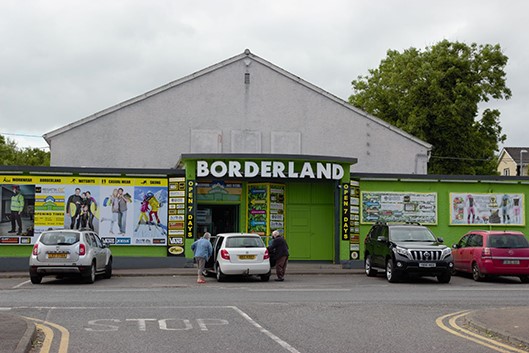
Across the summer I travelled the border from Warrenpoint to Lough Foyle, taking photographs of what I could see where roads cross the border. At points I was confronted by a vivid reality of a border but there were also points where there is nothing but open countryside. I am transferring these images, using photo decals, onto Bord na Mona peat briquettes, ‘bricks’ – made from Irish land – to build my gathered perceptions of the border into a physical wall.
I anticipate some sections of the wall will be higher than others, at some points thicker, and there will be gaps to look through to the other side.
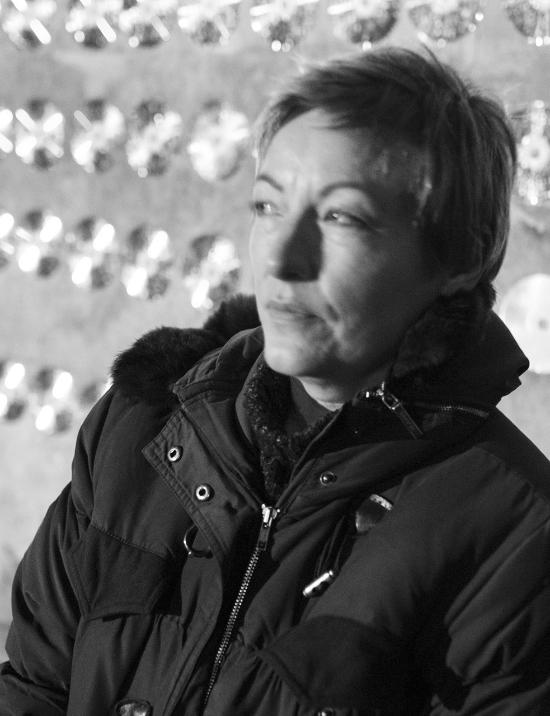
One side of the wall will carry images from Northern Ireland and the other side images from Ireland. People will be able to walk around this installation to consider these images of the border landscape and the indications of what it means to the people who live along it. All the photographs have been taken in 2021, creating a visual record of the border 100 years since its inception.
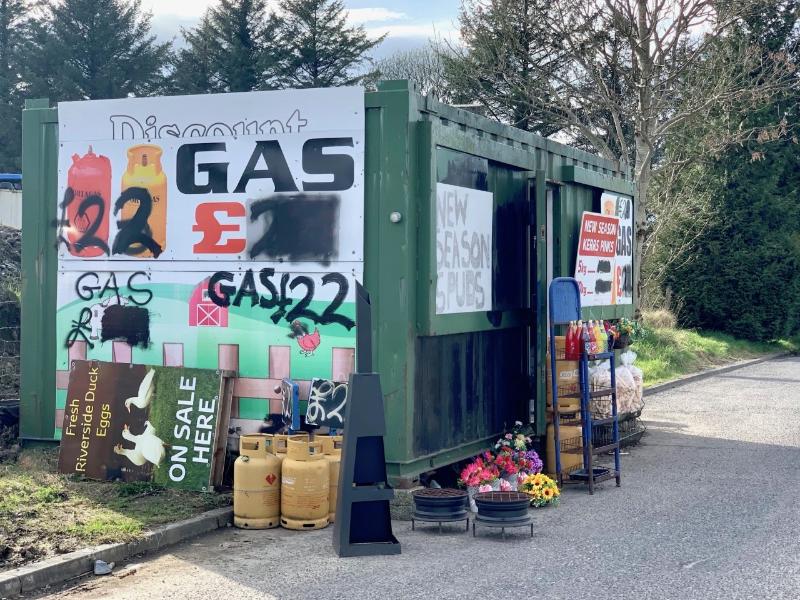
Bingo Borderland is a collaboration between myself and Greg McLaughlin, a media sociologist. We are married and have lived in Derry for six years. I am from London and have become increasingly interested in what I see as ‘other’ places/spaces on the border and its hinterland. The proliferation of road-side vendors, used-car lots, currency exchanges, amusement arcades, filling stations etc., constitute a cross-border economy and reflect the precarious nature of life on the border.
Greg, from Derry, sees nothing out of the ordinary in these places because he remembers them in the no-man’s land that existed during the troubles, pre-1990s.
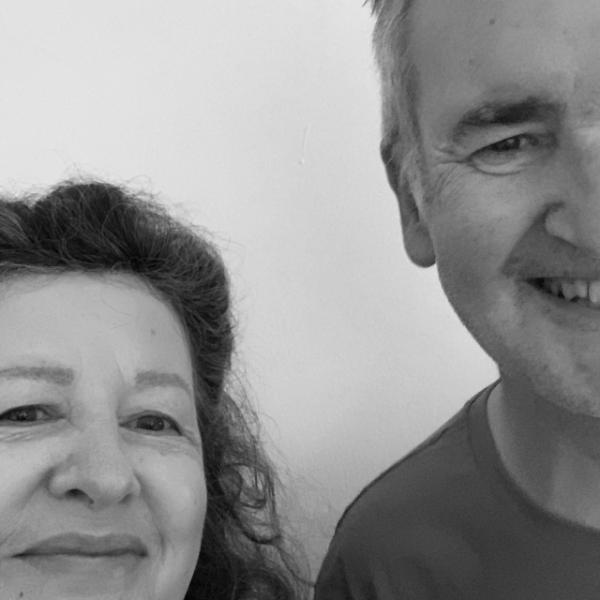
The work brings together our different backgrounds and disciplines – sometimes sympathetic, sometimes conflictual. Together we aim to reveal the contradictions between everyday experience and the crisis underpinning local politics since the imposition of the Northern Ireland Protocol. Bingo Borderland will be presented as two slideshow montages, projected side by side, of intermittent text and images. Working in opposition both within and between, the images and text swill speak of both the commonplace and the political rhetoric. Together, they throw an inquisitive light upon the unresolved friction of the border question.
